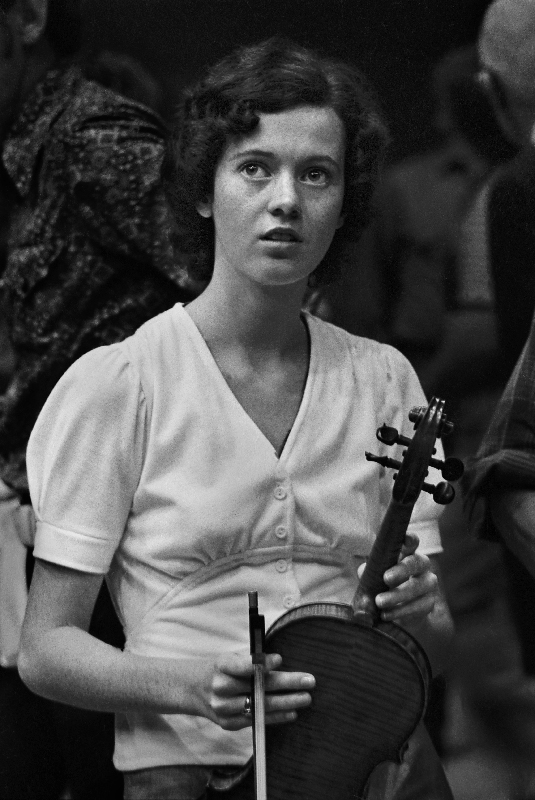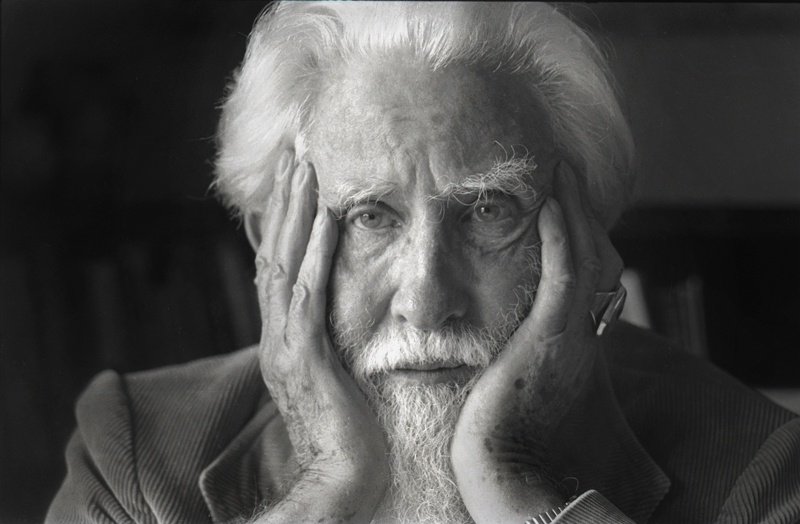French Broad River, Madison County, 1978.
In 1978 my friend John Rountree and I made a canoe trip the length of the French Broad River. We called it The River Trip. We started just outside of Rosman and ended at Lake Douglas in east Tennessee. John had received some monies from the Tennesse Valley Authority and Mars Hill College to do a photographic survey of the French Broad and I was along for the ride. The French Broad was a mess in those days. We passed numerous industrial plants dumping raw effluents, cows wading, defecating, and dying in the river, and remote areas used as community dumpsites. In Madison County in those days many families straight-piped directly into creeks that emptied into the river.
Barnard Park, French Broad River, Madison County, NC 1989.
This problem of water pollution wasn't isolated to the French Broad. Rather, it was a national issue and most everyone remembers stories of the Cuyahoga River in northern Ohio spontaneously catching fire one summer day from all of the industrial waste. So, in 1972, under Richard Nixon's administration, Congress passed the Clean Water Act, which establishes the basic structure for regulating discharges of pollutants into the waters of the United States and regulating quality standards for surface waters. Altogether, this has been a good law for the land that has benefited all of us. In Madison County, over 50,000 people raft the French Broad River annually and trout fishing is now estimated to be a $384 million dollar industry in western North Carolina. The River Arts District in Asheville is now a nationally-known destination for art lovers and beer aficionados. All made possible by the quality of our water.
To the Swimming Hole, Big Pine Creek, Madison County, NC 2011.
So now I read that the new Administration, especially the EPA director, wants to roll back regulation and eliminate the Clean Water Act. They want to make it okay once again for industries to dump their waste into our rivers and streams - places where we take our children and families to picnic, get cool on hot summer days, and fish.
They say this is about Freedom and jobs. But for me, the reasoning behind this way of thinking is pretty evident - it's about money, more money in the hands of their benefactors, their industry cronies, and their friends. They act like they are populists, working for the good of the common man, but nothing could be farther from the truth. Every common man knows that only a fool would foul his own nest, yet that is exactly what this new administration is preaching, or selling. Our nests get fouled while their nests get feathered.








